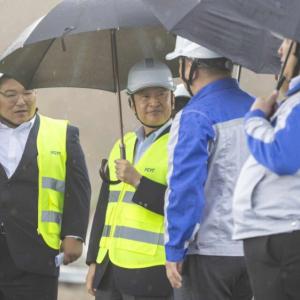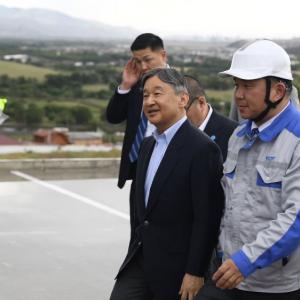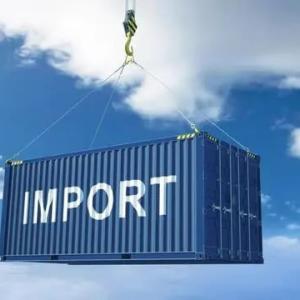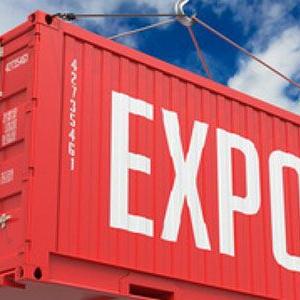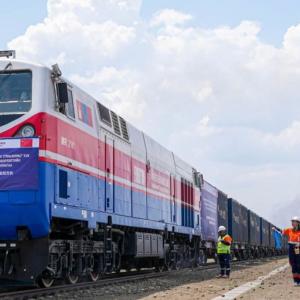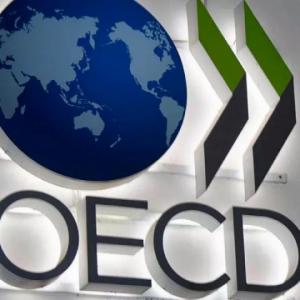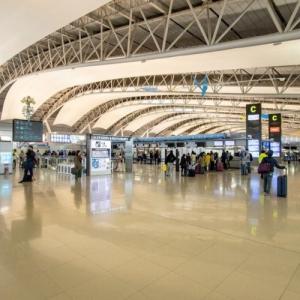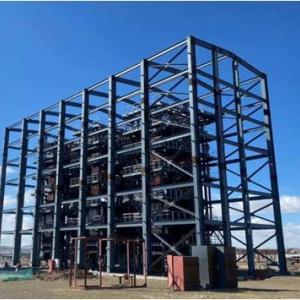ADB Forecasts Mongolia to Keep its Economic Growth
Economy
Ulaanbaatar, April 11, 2024 /MONTSAME/. Mongolia’s economy had robust growth in 2023 as mineral output and exports increased, leading to current account and fiscal surpluses, as well as larger international reserves. Inflation receded but remained elevated. Mining will drive growth in 2024 and 2025, particularly the Oyu Tolgoi mine, which is expected to ramp up concentrate production.
In
its flagship economic report, Asian Development Outlook (ADO)
April 2024,
the Asian Development Bank (ADB) projects that Mongolia’s economy will grow at
4.1% in 2024, compared to 7.0% growth in 2023. Growth in 2024 will be supported
by mining and higher government spending, though the agriculture sector is
expected to contract as Mongolia suffers from one of its worst winters in
recent memory. The report also projects that gross domestic product growth in
2025 will climb to 6.0%, driven by an agriculture sector recovery, mining expansion,
and services growth.
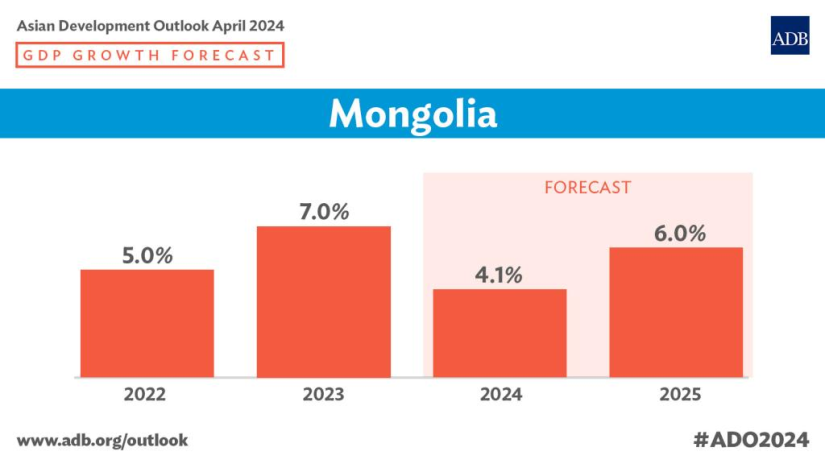
“The
Mongolian economy performed very strongly in 2023, and we see this trend
continuing,” said ADB Country Director for Mongolia Shannon Cowlin. “This
year’s growth will be affected by the dzud disaster, which is having significant
impacts on the agriculture sector, as over 6 million head of livestock have
already perished as of the start of April, with the number expected to grow.
This underscores the importance of boosting climate investment to meet the
country’s climate commitments and to bolster resilience; attracting this
investment will require improvements in both institutional capacity and the
investment climate.”
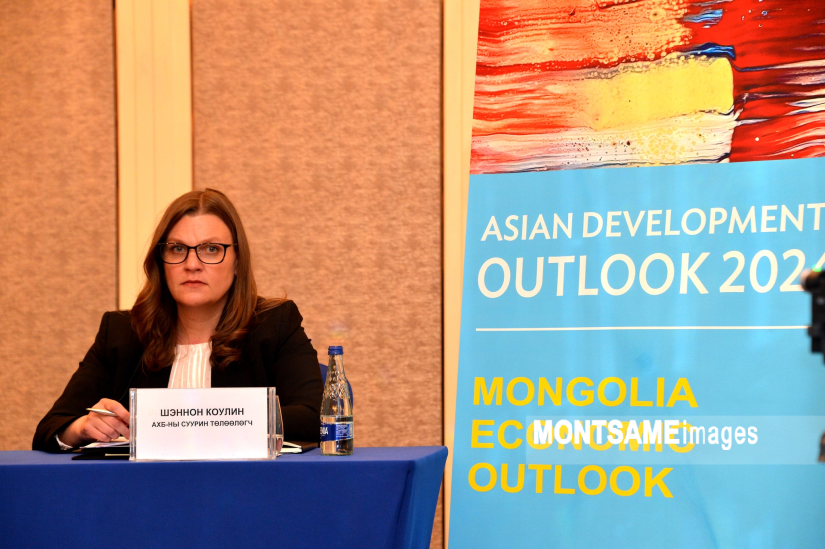
Inflation is expected to continue to ease to 7.0% in 2024 and 6.8% in 2025, though it will remain elevated. The current account balance, which shifted into surplus in 2023, is likely to return to deficit in both 2024 and 2025 as imports are expected to increase following recent buoyant economic activity and strong growth.
Downside risks to the outlook include the ongoing climate-related disaster in agriculture, potential for reductions in coal imports by the People’s Republic of China, and lower commodity prices for key exports. Upside risks include higher commodity prices, the potential for expanded coal sales, or a faster-than-expected ramp up of production from the Oyu Tolgoi mine.

 Ulaanbaatar
Ulaanbaatar









































